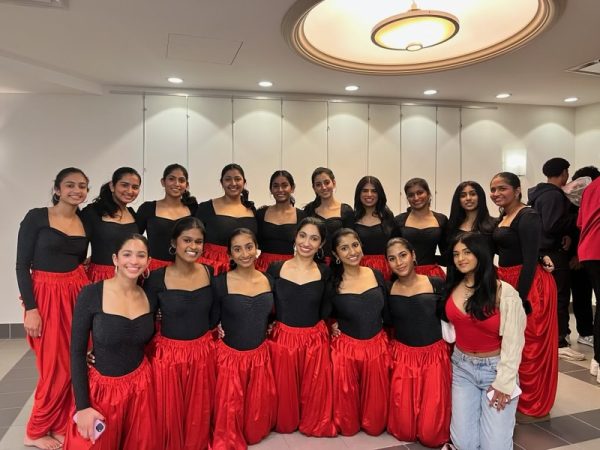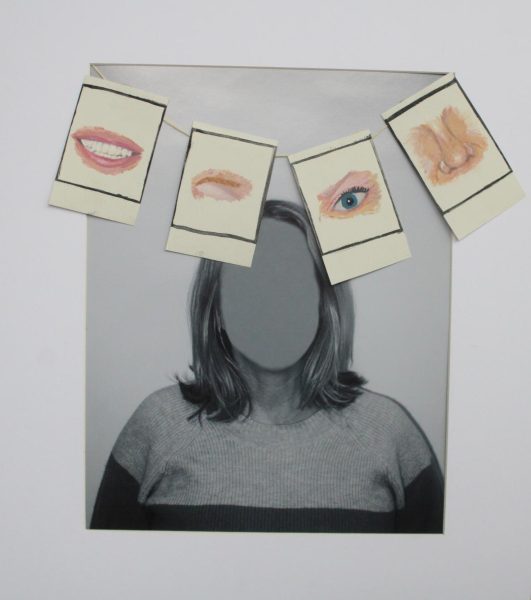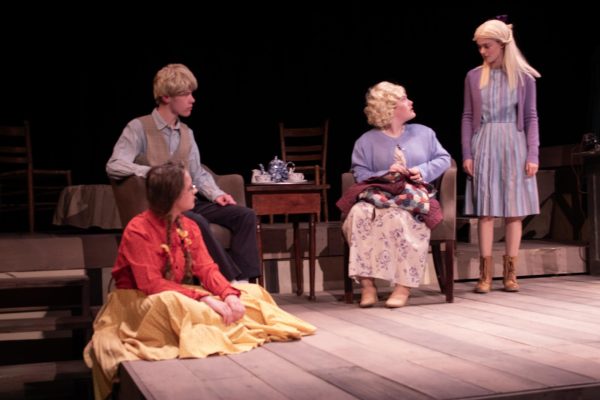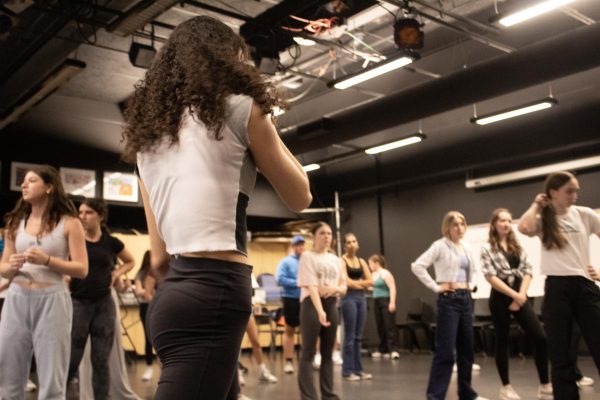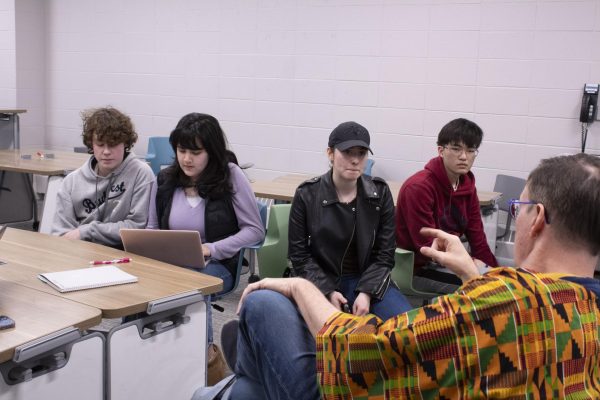Chicago Symphony Orchestra spotlights Glenbrook’s musical talent
March 13, 2015
Under the serene silence and stillness in Orchestra Hall, the conductor gently lifts his baton, poised and ready to strike a beat to release the audience’s anticipation. His hand lowers and the baton’s downbeat replaces the anticipation with a bassoon melody reinforced by the basses’ vibrato. With a swift motion of his hand, the conductor signals the orchestra to stop playing and rehearses specific sections in the symphony, providing insight to the musicians’ performance.
A collaboration between the Negaunee Music Institute at the Chicago Symphony Orchestra (CSO), music schools and youth orchestra programs, the Chicago Youth in Music Festival held an open rehearsal with Riccardo Muti, CSO musical director and conductor, on Feb. 23. The rehearsal presented the first and fourth movements of Tchaikovsky’s Symphony No. 6 in B Minor, Op. 74 (Pathétique). According to Aaron Kaplan, Glenbrook Symphony Orchestra (GSO) assistant director, the open rehearsal was an incredible opportunity for the Glenbrook High School students who participated to develop as musicians.
“Riccardo Muti is one of the most influential and best conductors in the world right now,” Kaplan said. “The fact that [the students] get to work with this incredible musician, this incredible teacher, who has been all over the world working with professional musicians [is] really an amazing experience because they get insight and musical ideas.”
Marissa Takaki, GBS Bassoon player, also reflected on the benefits of working in a real-world, professional music environment by pointing to the unique differences between the open rehearsal and general music experiences.
“Private lessons are for focusing on your instrument and your technique and things like that [and] also personal expressions,” Takaki said. “But [the open rehearsal] is kind of like getting the orchestra to think in a like-minded mindset that’s like [having] a picture that we want to paint, like an idea that we want to express through the music.”
A middle ground in the two different musical environments was in the sectional lessons taught by CSO musicians to polish the music before the open rehearsal. Working with William Buchman, CSO assistant principal bassoon, Takaki experienced fun and lively lessons in preparation for the rehearsal.
“[The other bassoon player and I] were working with Buchman […] and he was like, ‘You don’t crescendo and just stop, because [the part is] romantic –– when you’re jogging, you have to work your way up,” Takaki said. “He was literally running around the room; he kept running laps around us and was like, ‘You know, you work your energy up and you don’t just stop––you have to run and then slow down.’ It was just so funny because he’s so serious, but then he’s really cool.”
Initially GBS Bassist Benjamin Friedland and Violinist Andria Radaios’s viewed Muti as a strict and intimidating conductor. They came to realize that Muti was a very open and amiable person, according to Friedland and Radaios.
“It was a lot more fun than I thought it would be,” Radaios said. “I thought he was a serious person, but he was really funny, actually. He helps you understand the music more so you can play better.”
Muti’s many jokes and laughter among the audience were a consistent quality throughout the open rehearsal, but they did not deter Muti from advising the young students on musicianship. GBN Clarinetist Ki-Deok Park expressed that although Muti was amicable, Muti was still very particular and demanding to get the piece to a higher level of playing.
“He is really picky,” Park said. “[The conductor for the rehearsals prior to Muti’s open rehearsal] put the bone structure together, and with Riccardo Muti, he carved out each part.”
Although Muti had specific musical parts to teach, his broader lessons about the fundamentals of music were shared among the musicians as well as the audience.
“Music is not physical energy; it is inner energy,” Muti said. “It is [the] spirit […] You have to bring the public to you [through musicality] so they know which direction you’re going.”
According to Park, one of the lessons that he learned was to be flexible and be able to play one part in different ways. Similarly, Takaki said that she learned that it was necessary to understand the different motifs behind the different parts of a piece.
“[Muti] talked about how you had to feel all of the emotions of the piece and how it was difficult for young people to feel the emotion of this particular piece, [Tchaikovsky’s Pathétique],” Takaki said.
According to Radaios, the open rehearsal taught her to understand that each note had a specific purpose and that she was able to explore this idea more. Likewise, according to Friedman, he also learned new lessons about music.
“[Muti] made you feel like he was the music,” Friedland said. “He said that nothing comes naturall—that you have to work, give up and sacrifice. I believe in that.”






